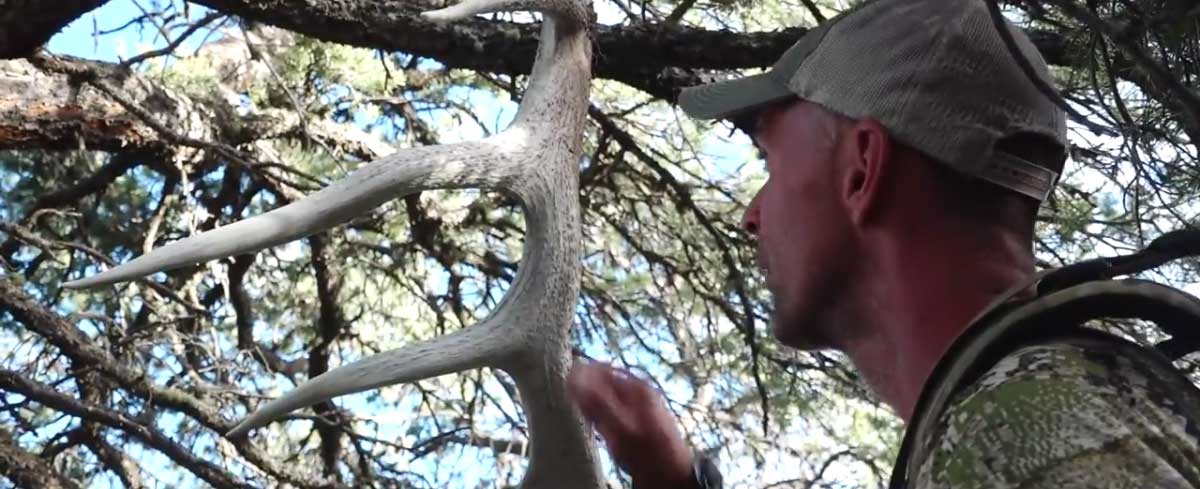If you’re a shed hunter, you must not only outwit your human competition, but your furry counterparts as well. When elk shed their antlers in late winter, forest creatures large and small race to freshly dropped antlers in search of valuable minerals. Rodents like mice, squirrels and porcupines are the most common culprits, but biologists have observed wolves, coyotes and even bears chewing on sheds.
Antlers turn out to be a sort of multivitamin, providing mainly calcium, which accounts for about 20 percent of an antler’s make-up. But a University of Georgia study identified 11 different minerals in antlers, including phosphorous at 10 percent, magnesium at 1 percent and smaller amounts of sodium, potassium, barium, iron, aluminum, zinc, strontium and manganese.
Antlers also provide a moveable feast while still attached. Elk and other deer species sometimes ingest parasites that, after incubating in the intestinal tract, can make their way through the bloodstream to growing antlers still in velvet. Nestled beneath the live tissue, these larvae mature, sometime causing dimples and lumps in the bone surface. They then bore outward and fly off, leaving holes in the hardened antlers.
Elk NetworkWhat eats elk antlers and why?
General | February 19, 2018

Latest Content
RMEF Lauds Its ‘Driving Force’ During Volunteer Week
MISSOULA, Mont. — The Rocky Mountain Elk Foundation honors and celebrates its dedicated volunteers for efforts to advance its mission during National Volunteer Week. “From [...]
Wisconsin Expands Elk Hunting Season, 2024 Application Period Opens
Below is a news release from the Wisconsin Department of Natural Resources. The Rocky Mountain Elk Foundation helped with the initial 1995 restoration in Clam [...]
Watch: BOSH Project Improves Wildlife Habitat
A new video shines a light on a massive landscape-scale habitat stewardship project in southwest Idaho, long supported by the Rocky Mountain Elk Foundation and [...]